
What a lovely sunny but cold week we had for Imbolc in my region this year. The early spring flowers are starting to bloom and my household celebrated a quiet and happy Imbolc.


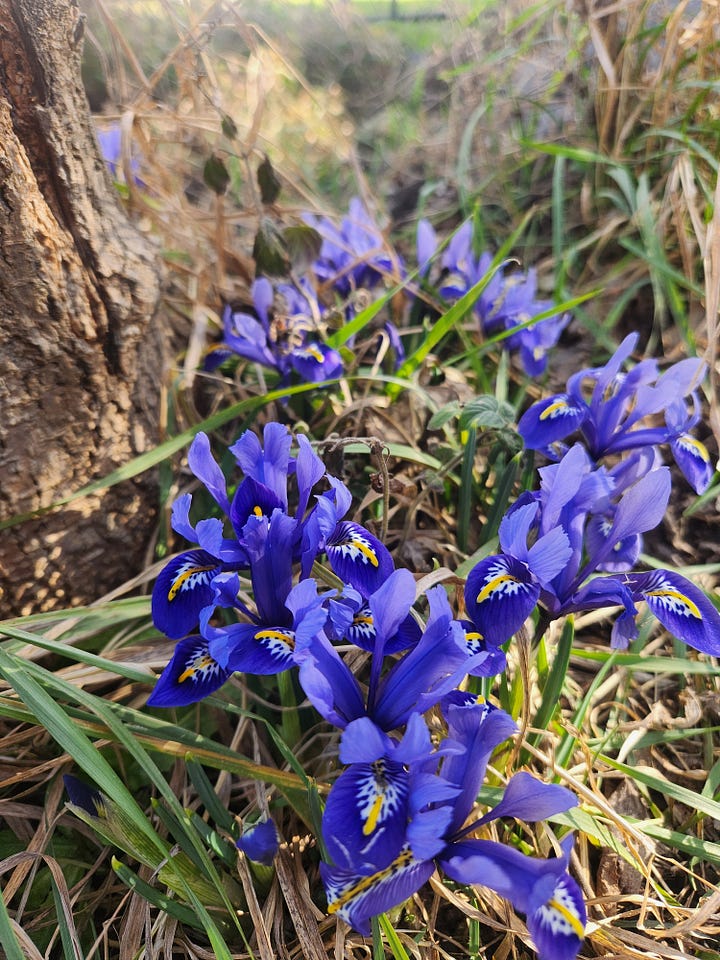
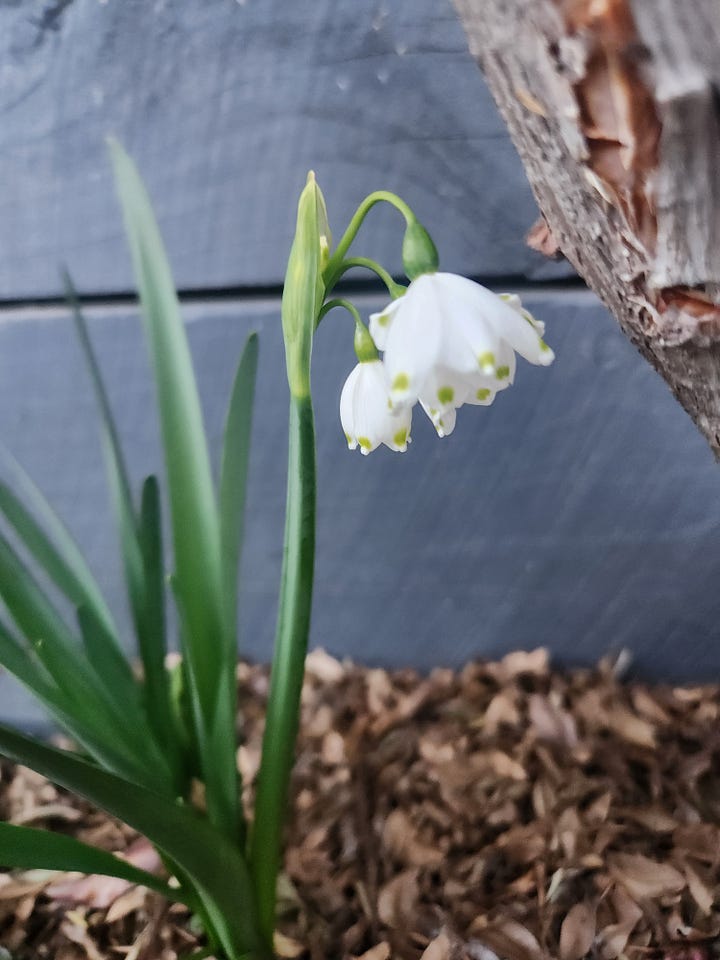
On Imbolc Eve (July 31), the children and I walked to the local creek after school to play while I collected a few rushes, overseen by our ‘Biddy’ doll, a Ukranian Motanka doll bought at one of this year’s Christmas in July/Winter markets. Once home, we welcomed Biddy into the house and I tried my hand at making my first Brigid’s Cross. Although it wasn’t perfect and needed a few more rushes, it was a lovely and calming activity and I’m happy to have it hanging on our front door for good luck. To continue the Imbolc celebrations I made butter with delicious cream from our region, lit the candles and cooked a dinner of sheep’s fetta quiche with seasonal herbs from the garden, topped off with delicious lemon juice and sugar-sprinkled crepes for dessert, an homage to my French heritage.
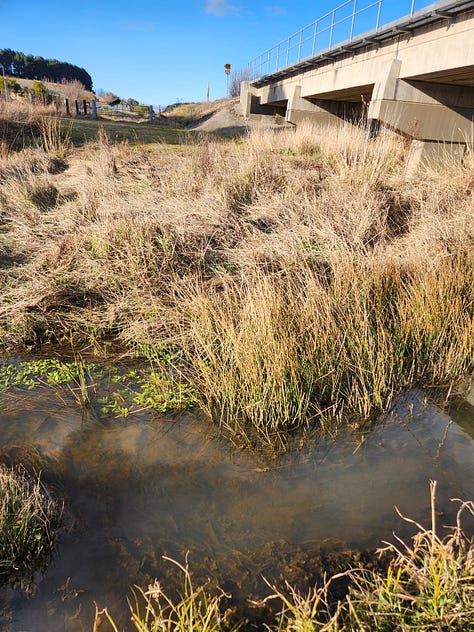
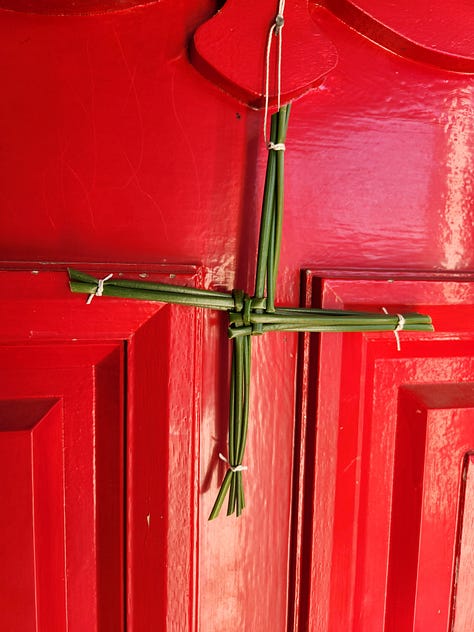
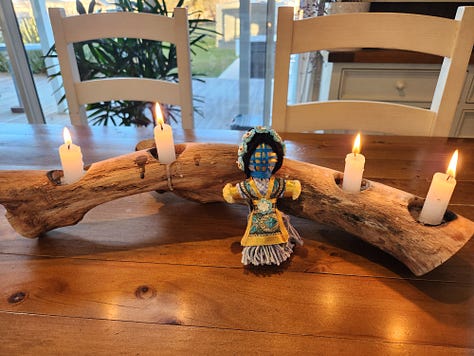


Imbolc morning dawned bright and sunny so according to legend, it seems we are in for a longer winter. The day was celebrated by enjoying turmeric scones with marmalade and homemade butter, hanging our orange slice decorations from Yule in the branches of our orchard trees, and bringing Biddy out with us into the garden before putting her to bed with a lullaby that I sing to my children every night.
(To the tune of Hush-a-by Baby)
Precious wee baby (or Biddy) fast asleep,
Pixies and faeries watch to keep.
Magical dreams dance in your head,
Safe and sound and snug in your bed.By Geneviève Hopkins



You can learn more about the origins of these Imbolc/Brigid’s Day traditions in the previous article Episode 11 - The Spring Quickening: Djambari, Imbolc, Brigid’s Day and Candlemas.
This week we will explore the European origins of Ground Hog Day and its connection to Imbolc or Brigid’s Day weather divination.

Remember the 1993 film Groundhog Day? Weatherman, Phil Connors (Bill Murray) is in Punxsutawney, Pennsylvania to cover the annual celebration of Groundhog Day but ends up being stuck living the same day over and over. It is an amusing film that brought the Groundhog Day tradition to the masses. Watch the trailer (2:40 mins) for Groundhog Day to refresh your memory, or get acquainted with the movie for the first time.
The belief at the root of this tradition is that if a groundhog leaves its burrow on February 2 (Candlemas, August 2 in the southern hemisphere) and sees its shadow, then there will be six more weeks of winter, but if there is no shadow, spring will come early. In other words, if the weather is fine and sunny on February 2, expect the winter to last longer and if the weather is cloudy, expect an early spring.
The Groundhog Day tradition originated with the Pennsylvanian Dutch who emigrated to America from German-speaking regions of Europe in the 17th to 19th Centuries. This short (2:18 min) video offers a quick explanation.
Right across Europe, it was a common custom to predict the weather at Imbolc or Candlemas through the emergence of hibernating animals. Initially, the bear was used but as bear numbers dwindled across Europe, other animals became popular, such as the fox but more commonly the badger. A German proverb states that if the badger is out of its den to sunbathe during Candlemas week, then winter will be four weeks longer:
Sonnt sich der Dachs in der Lichtmeßwoche, so geht er auf vier Wochen wieder zu Loche - "If the badger sunbathes during Candlemas-week, for four more weeks he will be back in his hole"
When European immigrants arrived in the Americas, they adapted their customs to the local environment. Thus the tradition of the weather-predicting badger was adapted to a similar native animal such as the groundhog, although marmots are used instead in Alaska and the Canadian Province of Quebec.
Many states and provinces have groundhog mascots that are kept specifically for the February weather prediction:
USA - Queen Charlotte and Sir Walter Wally in North Carolina, Staten Island Chuck in New York, French Creek Freddie in West Virginia, General Beauregard Lee in Georgia, and of course Punxsutawney Phil in Pennsylvania
Canada - Shubenacadie Sam in Nova Scotia, Wiarton Willie in Ontario, Balzac Billy in Alberta, and Fred la Marmotte (Fred the Marmot) in Quebec.
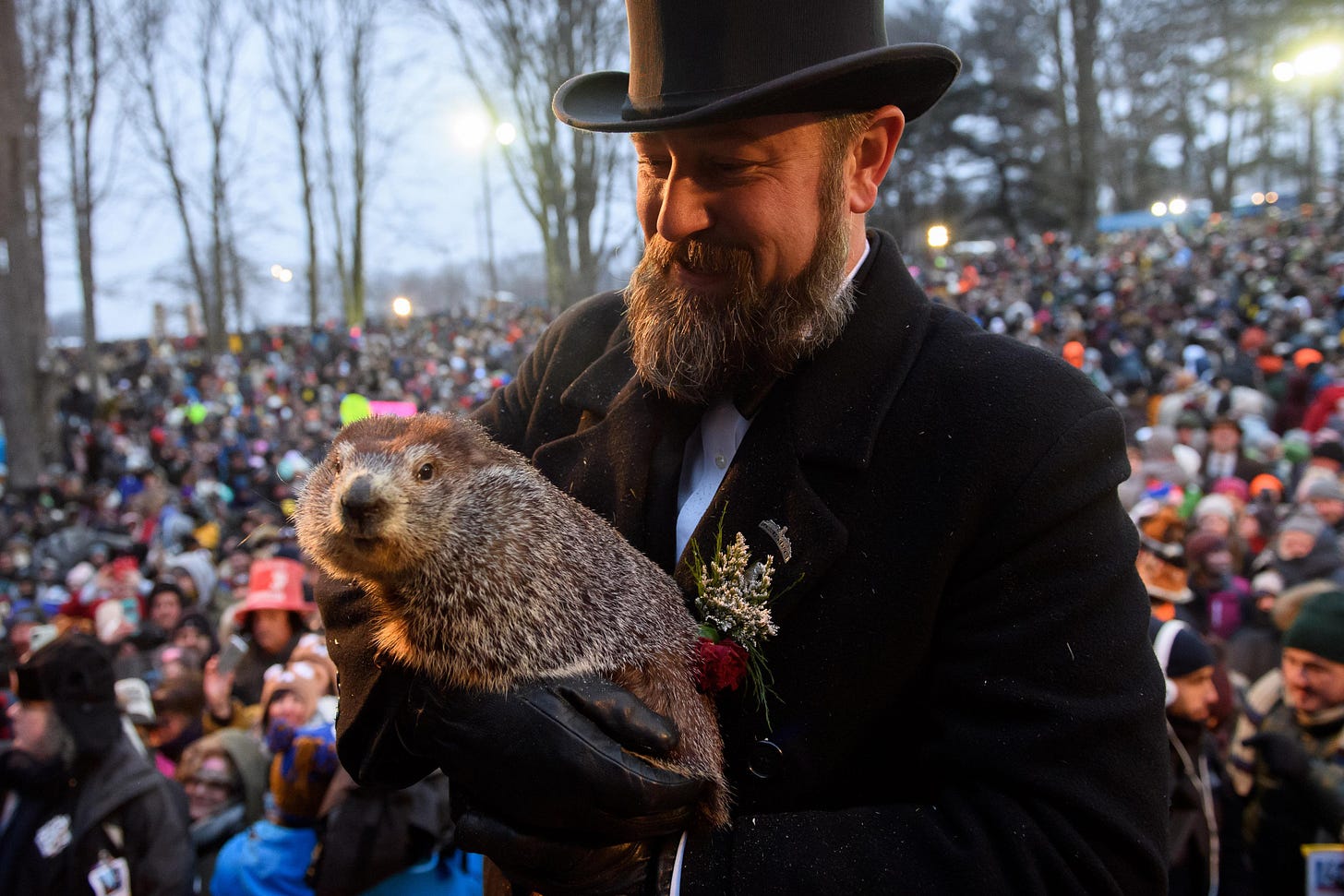
The short (2:23 mins) news presentation below from CBC/Radio Canada explains the Fred la Marmotte tradition in French. If you can’t speak French (or understand French Canadian) it’s cute to watch anyway, to see the fun surrounding this tradition.
Weather divination at this time of year was also common in the British Isles. It was connected to Candlemas traditions on February 2 or in pre-Christian folklore it was connected to Imbolc/Brigid’s Day on February 1. One old proverb says:
If Candlemas be fair and bright,
Winter will have another flight
If Candlemas be cloud and rain,
Winter will not come again,
Badgers were often used for weather prediction in the British Isles, as were serpents. A Scottish Gaelic proverb says:
Thig an nathair as an toll
Là donn Brìde,
Ged robh trì troighean dhen t-sneachd
Air leac an làir.The serpent will come from the hole
On the brown Day of Bríde,
Though there should be three feet of snow
On the flat surface of the ground.

There is also an old folktale from Scotland, Ireland, Wales and the Isle of Man, that Cailleach, the old hag of the land and winter goddess, gathers her firewood for the rest of winter at Imbolc. Legend has it that if she decided to make winter and the cold weather last longer, she’d ensure a clear and sunny Imbolc day, allowing her to gather ample firewood. It was considered good luck for foul weather at Imbolc as it meant that Cailleach was resting rather than gathering her firewood, and winter's end would be near.
The weather for Imbolc in my region this year was sunny, if a little cool and blustery, which according to folklore, indicates a long and cold winter. However, the land is bursting with early signs of spring and the weather bureau predicts a shorter winter, leading into a brief spring and a long, dry summer. Their predictions weren’t too accurate last year, let’s see what the weather brings in the next couple of months. I’ll keep you posted.
Next week, we’ll explore the importance of the birch tree and its association with spring. Until then I give you a Scottish Blessing… lang may your lum reek (Long may your chimney smoke).










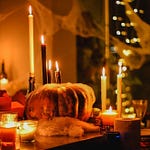




Share this post